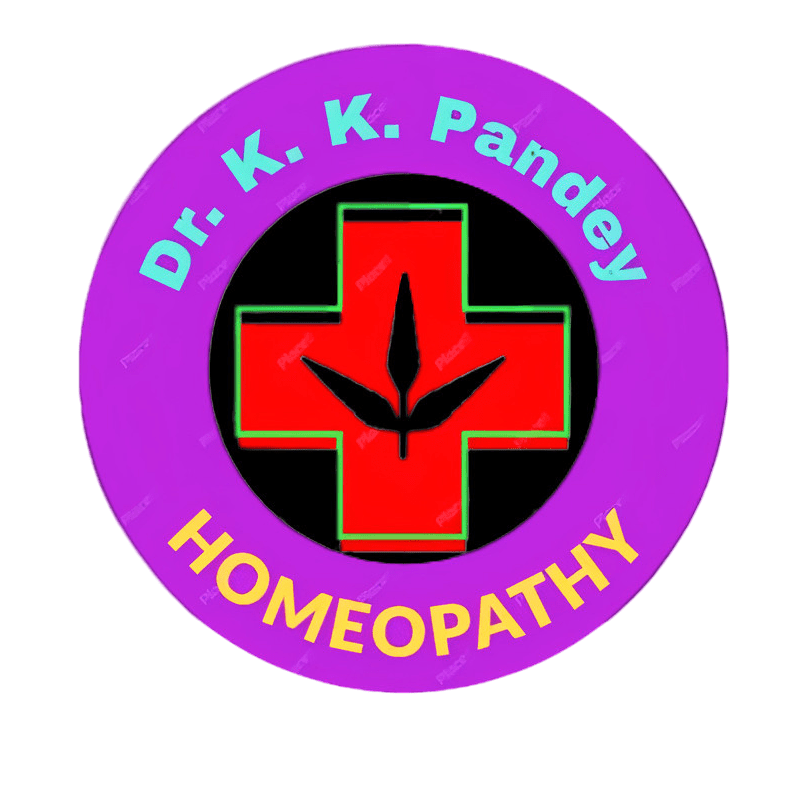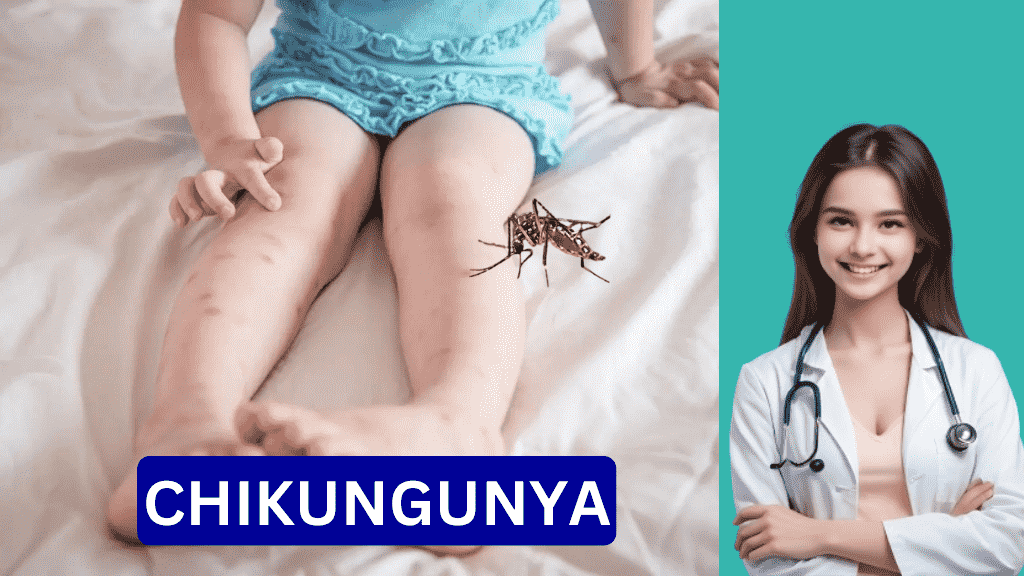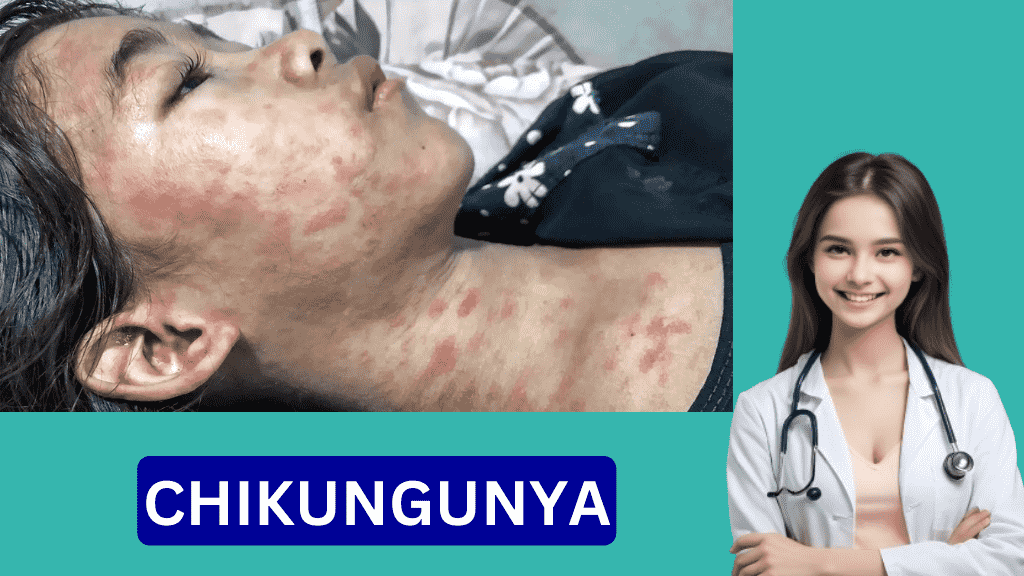In this article we will show chikungunya virus rash images with the information about Chikungunya and their causes, symptoms, prevention, teatment etc.
Chikungunya Virus Rash Images: Symptoms, Causes, and Treatment
Table of Contents
Chikungunya virus rash is a telltale sign of the chikungunya infection, a mosquito-borne illness prevalent in tropical and subtropical regions. This article aims to provide a comprehensive understanding of the chikungunya virus rash, including its symptoms, causes, and available treatments.
What is Chikungunya Virus?
Chikungunya virus (CHIKV) is transmitted to humans primarily through the bite of infected Aedes mosquitoes, particularly Aedes aegypti and Aedes albopictus. These mosquitoes are also responsible for the transmission of other diseases such as dengue fever and Zika virus.
The term “chikungunya” originates from the Kimakonde language, where it signifies “to twist up,” depicting the contorted posture often seen in individuals grappling with the intense joint pain prevalent in this infection.
Symptoms of Chikungunya Virus Infection
1. Chikungunya Virus Rash
One of the hallmark symptoms of chikungunya virus infection is the development of a rash. The rash typically appears a few days after the onset of fever and other initial symptoms. It presents as red or pink patches on the skin, often accompanied by itching.
2. Fever and Joint Pain
In addition to the rash, individuals infected with the chikungunya virus may experience high fever, severe joint pain, muscle aches, headache, fatigue, and nausea. The joint pain associated with chikungunya infection can be debilitating and may persist for weeks or months.
3. Other Symptoms
Other less common symptoms of chikungunya virus infection include conjunctivitis (redness and inflammation of the eyes), photophobia (sensitivity to light), and gastrointestinal symptoms such as abdominal pain and vomiting.
Causes of Chikungunya Virus Rash
The chikungunya virus rash is a result of the body’s immune response to the viral infection. As the virus replicates and spreads within the body, the immune system mounts a defense, leading to the characteristic rash and other symptoms.
Diagnosis of Chikungunya Virus Infection
1. Clinical Evaluation
Diagnosing chikungunya virus infection typically involves a clinical evaluation of the patient’s symptoms, including the presence of fever, joint pain, rash, and recent travel to regions where the virus is endemic.
2. Laboratory Testing
Laboratory tests such as polymerase chain reaction (PCR) and serological assays can confirm the presence of the chikungunya virus in the patient’s blood or other bodily fluids.
Treatment of Chikungunya Virus Infection
a. Supportive Care
Currently, there is no specific antiviral treatment for chikungunya virus infection. Management primarily involves supportive care to relieve symptoms such as fever, pain, and inflammation.
b. Pain Relief
Over-the-counter pain relievers such as acetaminophen (paracetamol) and nonsteroidal anti-inflammatory drugs (NSAIDs) may help alleviate joint pain and fever associated with chikungunya infection.
c. Rest and Hydration
Rest and adequate hydration are essential for individuals recovering from chikungunya virus infection. Ensuring plenty of fluids and getting sufficient rest can help the body fight off the infection more effectively.
d. Prevention
Preventing chikungunya virus infection relies on measures to reduce mosquito breeding and protect against mosquito bites. This includes using insect repellents, wearing protective clothing, and eliminating standing water around the home where mosquitoes can breed.
Conclusion
Chikungunya virus rash is a characteristic symptom of chikungunya virus infection, accompanied by fever, joint pain, and other flu-like symptoms. While there is no specific treatment for chikungunya infection, supportive care can help alleviate symptoms and promote recovery. Prevention efforts focus on mosquito control and personal protective measures to reduce the risk of infection.
F&Q
Q. 1- What does a chikungunya rash look like?
Ans. A chikungunya rash typically appears as red or pink patches on the skin. It may manifest as small dots or larger blotches, often accompanied by itching. The rash can spread across various parts of the body and usually occurs a few days after the onset of fever and other initial symptoms of chikungunya virus infection.
Q. 2- Is itching normal in chikungunya?
Ans. Yes, itching is a common symptom associated with chikungunya virus infection. The chikungunya rash often leads to itching, which can range from mild to severe. Itching may occur along with other symptoms such as fever, joint pain, and muscle aches.
Q. 3- How do you stop chikungunya rash?
Ans. To alleviate chikungunya rash, several measures can be taken:
1. Topical Treatments: Apply soothing lotions or creams containing ingredients like calamine or aloe vera to reduce itching and inflammation.
2. Oral Antihistamines: Over-the-counter antihistamine medications can help alleviate itching associated with the rash.
3. Avoid Scratching: Although it may be tempting, scratching can worsen the rash and increase the risk of infection. Encourage gentle patting or tapping on the affected areas instead of scratching.
4. Stay Cool: Keeping the skin cool can help relieve itching. Avoid hot showers or excessive heat, and opt for cool compresses or air conditioning when possible.
5. Hydration: Drink plenty of water to keep the skin hydrated, which can aid in relieving itching and promoting healing.
6. Avoid Irritants: Avoid using harsh soaps, detergents, or perfumed products that may irritate the skin further.
7. Consult a Healthcare Provider: If the rash is severe or accompanied by other concerning symptoms, consult a healthcare provider for further evaluation and treatment recommendations.
Remember that while these measures can help alleviate symptoms, there is no specific treatment to cure chikungunya virus infection. Supportive care and symptom management are essential components of treatment.
Q. 4- What is the first stage of chikungunya rash?
Ans. The first stage of chikungunya rash typically begins a few days after the onset of initial symptoms, such as fever and joint pain. During this stage, small red or pink spots may appear on the skin, gradually evolving into larger patches or blotches. Itching may accompany the rash, although it can vary in intensity from person to person. This initial stage of the rash signals the body’s immune response to the chikungunya virus infection.
Q. 5- How do you confirm chikungunya?
Ans. Chikungunya can be confirmed through various methods:
1. Clinical Evaluation: A healthcare provider may diagnose chikungunya based on the patient’s symptoms, particularly if they have recently traveled to or reside in regions where the virus is prevalent.
2. Laboratory Testing: Laboratory tests, including polymerase chain reaction (PCR) and serological assays, can detect the presence of the chikungunya virus in the blood or other bodily fluids. These tests are particularly useful in confirming the diagnosis, especially in cases where symptoms are atypical or when there is a need for definitive confirmation.
3. Differential Diagnosis: Chikungunya shares similarities with other mosquito-borne illnesses such as dengue fever and Zika virus infection. Differential diagnosis may involve ruling out these other diseases through clinical evaluation and laboratory testing to confirm chikungunya infection accurately.
It’s essential to consult a healthcare provider for proper diagnosis and management, especially if experiencing symptoms consistent with chikungunya virus infection.






